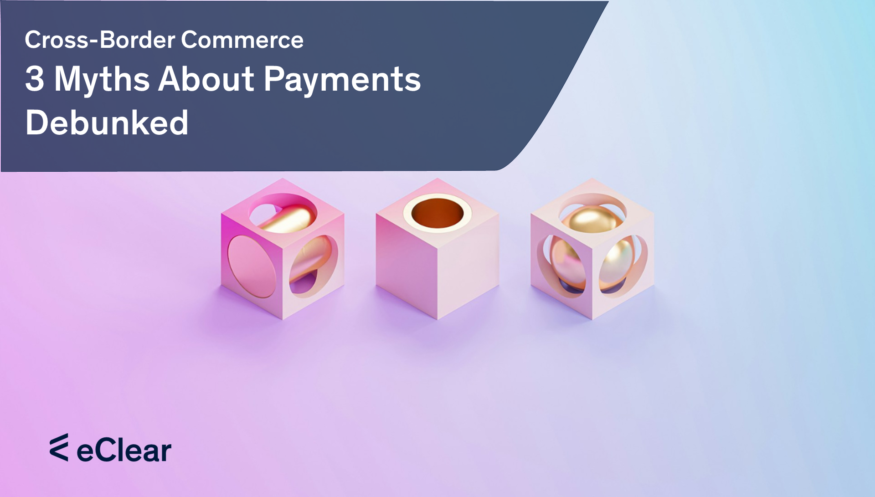Unified Payment Landscape in the EU: A Swift Evolution
The inception of the European Union marked a significant shift, catalysing the evolution of cross-border payments towards a unified financial ecosystem. This vision materialised with initiatives like the Single Euro Payments Area (SEPA), aiming to make transnational payments as seamless as those within national borders, thereby standardising and simplifying payment processes across the union.
Modernising Payment Systems: Addressing Traditional Limitations
The evolution of Europe’s financial systems introduced modern payment mechanisms, transitioning from the traditional correspondent banking system that facilitated global transactions through reciprocal accounts. Despite its international reach, this system faced criticism for slow transactions, high costs, and limited transparency, particularly affecting lower-value transfers. These challenges underscored the urgent need for innovative solutions capable of delivering efficiency, affordability, and transparency in cross-border payments.
Myth 1: Cost-Efficient Cross-Border Payments are not Achievable
Navigating cross-border payments can be a financial maze for European businesses. Hidden fees, unclear pricing, and delays may divert your funds, costing you time and money. Traditional banks, despite claiming comprehensive solutions, often lack the convenience and cost-effectiveness needed for cross-border transactions, due to:

- Hidden Fees: With murky exchange rates, significant transaction costs, and intermediary fees piling up, your profits could be significantly reduced.
- Slow Processing: The time it takes for transactions to settle can span days or weeks, impeding your cash flow and postponing potential business ventures.
- Opaque Pricing: The complexity of pricing models and vague communication complicates budget planning and cost forecasting.
eClear streamlines VAT compliance, making EU trade seamless and efficient for your financial operations.
ClearVAT for Simplified VAT Compliance:
- Automated VAT Calculations: Reducing manual errors and streamlining compliance.
- Real-Time VAT Reporting: Giving instant access to VAT data for timely decision-making.
- Reduced Paperwork: Allowing more focus on business expansion.
Myth 2: Complexity of VAT and Customs Compliance
Expanding beyond EU borders opens new opportunities, but VAT and customs compliance can be complex. Regulations, rate fluctuations, and changing rules can leave even experienced business owners unsure.
Navigating VAT and customs feels like deciphering ancient scripts, with each nation’s regulations, variable rates, and constant changes. This complexity often results in:

- Compliance mishaps: Errors in calculations, overlooked deadlines, and flawed paperwork can lead to severe fines.
- Labor-intensive routines: The demands of manual data processing, extensive paperwork, and liaising with official bodies can significantly deplete your resources.
- Escalating operational costs: The necessity for specialised compliance staff or the decision to outsource can increase your expenses.
eClear redefines VAT and customs compliance for cross-border transactions with VATRules and FileVAT, streamlining compliance through automation and real-time insights. These solutions seamlessly integrate into business operations, enhancing efficiency and confidence in managing VAT and customs compliance.
VATRules: The Digital VAT Assistant
- Updates VAT Rates: Keeps up with EU regulations for accurate VAT calculations.
- Product Classification: Eases product coding with HS codes, minimising errors.
- VAT Liability Insights: Provides immediate evaluations of VAT duties to reduce compliance risks.
FileVAT: Simplifying VAT Returns
- Automates Return Filing: Fills out forms automatically, reducing manual efforts.
- Integrates EC Sales Lists: Facilitates generating compliant sales lists for EU countries, boosting efficiency.
- Enhances Error Detection: Implements real-time validations to ensure accuracy before submissions.
Myth 3: Blind Spots and Delays
In the fast-paced world of cross-border commerce, staying ahead of potential issues with your transactions is crucial. But traditional methods often leave you flying blind, with reports lagging and inconsistencies taking forever to uncover. This lack of real-time visibility can lead to:

- Missed compliance deadlines: Delays in identifying potential compliance issues can result in penalties and reputational damage.
- Fraudulent activity undetected: Fraudulent transactions can slip through the cracks without real-time monitoring, impacting your finances and security.
- Inefficient cash flow management: Delayed insights into transaction status can hinder your ability to optimise cash flow and make informed financial decisions.
Our dashboard SPOT revolutionises real-time transaction monitoring for global businesses, providing a dashboard designed for comprehensive oversight and control over cross-border transactions.
SPOT: Your Real-Time Monitoring Hub
- Instant Transaction Tracking: Keep up with live transaction updates, including payments, VAT, and customs statuses.
- Early Compliance Alerting: Receive immediate alerts on discrepancies to tackle compliance issues promptly.
- Fraud Prevention: Deploy advanced algorithms for early detection of suspicious patterns.
- Cash Flow Management: Gain instant financial insights for informed, strategic decision-making.
The Future of EU Cross-Border Payments

© Marcus Millo / Getty Images
Instant Payments Are Becoming the Norm:
Today, SWIFT enables cross-border payments in under 10 seconds. The introduction of real-time payment systems like SEPA Instant Credit Transfer (SCT Inst) and TIPS in Europe allows for immediate crediting of funds to the recipient’s account. By 2025, an estimated 75% of all B2B cross-border payments will be real-time.
Blockchain Technology Disrupts the Game:
Blockchain-based transactions are more secure, transparent, and faster than traditional transactions. Applications for blockchain in cross-border payments include cross-border remittances, trade finance, and KYC/AML compliance.
Open Banking Opens New Possibilities:
With customer consent, open banking allows third parties to access bank account information and transactions.
Open banking can lead to innovative payment solutions that are more efficient, flexible, and cost-effective than traditional solutions.
The PSD2 directive in Europe promotes open banking and has already led to the development of new payment solutions, such as FinTech apps.
Increased Regulatory Focus on Transparency and Security:
For example, the EU Payment Services Directive (PSD2) and the Markets in Financial Instruments Directive (MiFID II) include stricter regulations to promote payment transparency and security. Goal: These regulations protect consumers and businesses from fraud and other financial risks. Regulation will drive the development of new security standards and technologies in cross-border payments.
Additional Trends:
- Artificial Intelligence (AI) is increasingly used to automate processes and improve fraud detection in cross-border payments.
- Cloud computing allows businesses to make their payment infrastructure more flexible and cost-effective.
- Cryptocurrencies like Bitcoin and Ethereum could play a significant role in future cross-border payments.
Efficient Cross-Border Transactions with Confidence
Partnering with eClear offers more than access to leading technology and expertise; it means having a trusted advisor dedicated to your success. Our extensive solutions are designed to empower your business, removing the barriers of complexity and outdated misconceptions. Let eClear be the bridge to your desired future in EU trade.
Let’s stay in touch!
Stay up-to-date on the latest market trends, best practices and regulatory changes affecting cross-border selling by following us on LinkedIn.







